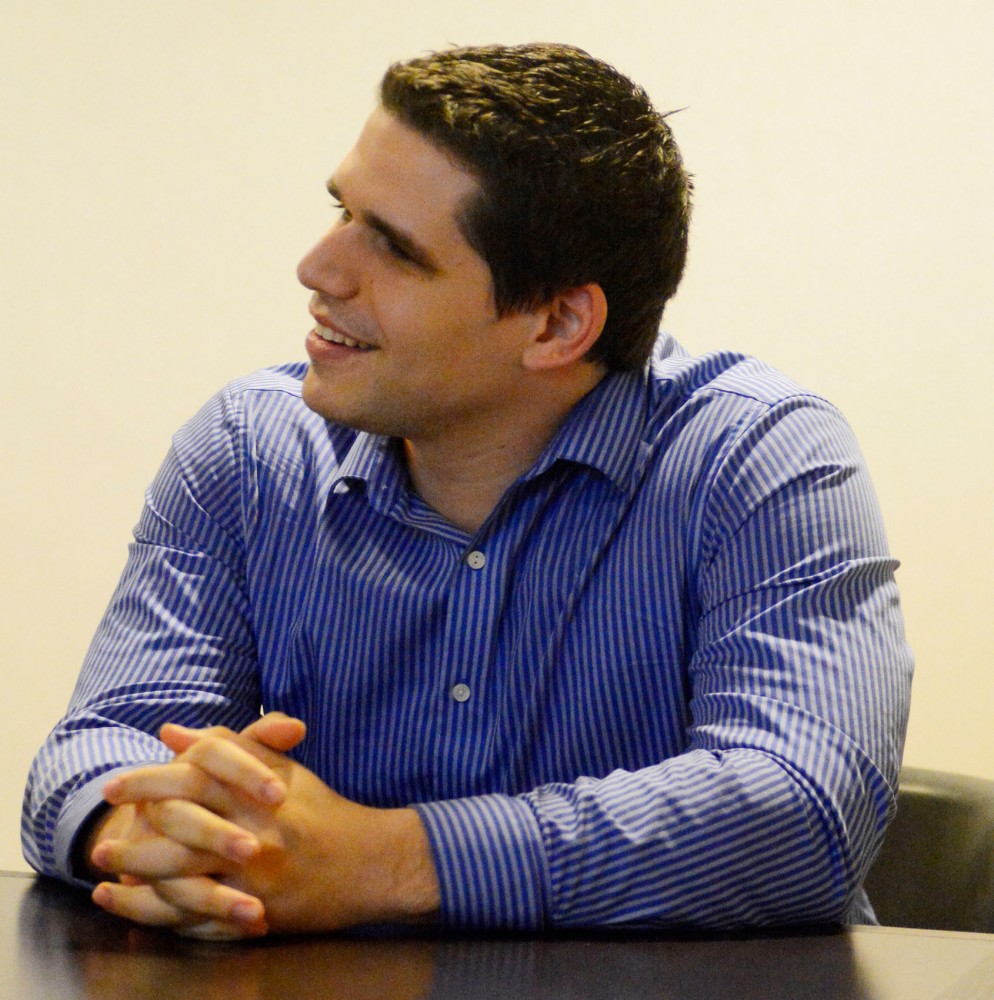Following a tight race, Alfonso Sintjago was elected Friday night to lead the Graduate and Professional Student Assembly next year.
The current executive vice president for GAPSA won just over half of the votes in last week’s election, narrowly defeating Council of Graduate Students Vice President of University Relations Scott Petty, who received 39.1 percent of the vote.
“I think it’ll be a good year,” Sintjago said. “Hopefully we can have a better GAPSA next year.”
In the past year, GAPSA has dealt with leadership issues, criticism of how its student services fees request was handled, and COGS voting to leave the assembly.
GAPSA may also have a significant cut to its budget for next year, as the Student Services Fees Committee recommended that it receive about 60 percent of its $392,000 request.
Sintjago said he will work with whatever funding GAPSA receives, and he plans to increase transparency in the assembly’s future fees requests.
“I’m optimistic,” he said. “I look forward to working with COGS, with [Petty] and with all of the other councils as well.”
Sintjago, a Ph.D. candidate studying learning technology, is serving his third year on GAPSA’s executive board. As president, one of his first goals is to mend the assembly’s relationship with COGS, which voted in the fall to leave GAPSA, effective this summer.
Sintjago said he wants to improve GAPSA’s relationship with all its member councils, putting aside any disagreements that may exist.
“All of us have leadership qualities, and all of us have something to contribute to GAPSA,” he said. “That’s something that we need to emphasize.”
He said he would like to encourage students to get more involved in student government.
“If the organizations are doing meaningful work or are addressing student’s concerns, hopefully students will be more aware of what we are doing,” he said.
Throughout the campaign process, Petty said Sintjago gradually adopted much of Petty’s platform.
“He largely moved towards positions I’ve long held,” Petty said. “I guess we’ll have to hold him to those.”
Though voter turnout was still low last week, the 11 percent voter turnout for the GAPSA election was up four points from 2013.
Sintjago said this year’s election was more competitive than last year’s, which contributed to the higher turnout.
Outgoing GAPSA President Brittany Edwards was the only candidate on the ballot last year, after fellow candidates Sintjago and Kevin Lang dropped out. Petty waged an active write-in campaign, but he fell short.
All-Campus Elections Commission Chair Mallory Kurkoski said the ACEC focused on boosting graduate and professional student voter turnout this year.
This year’s changes and discontent with student government also factored into the increase in voter turnout, Kurkoski said.
“The rift between COGS and GAPSA made those issues more visible to students, and I think it made them more involved in the voting process,” she said.


